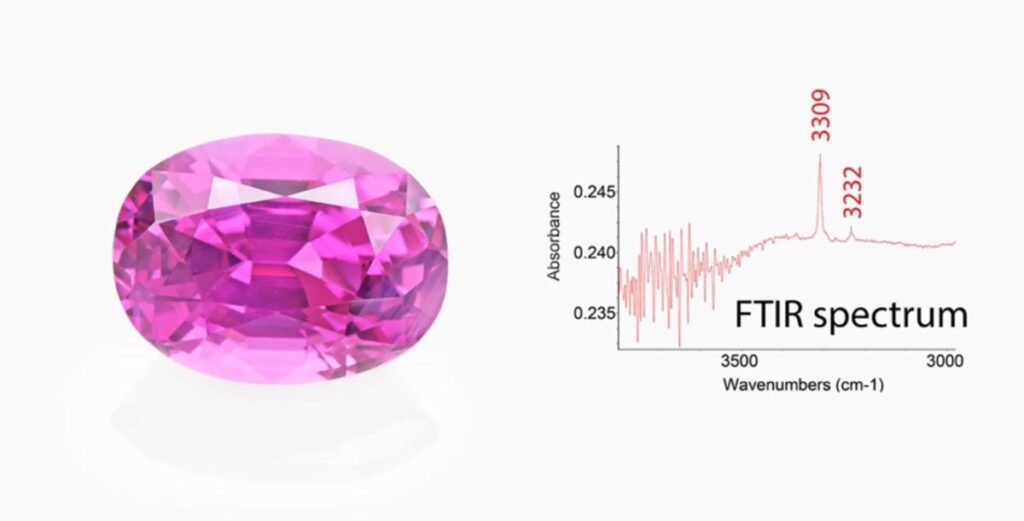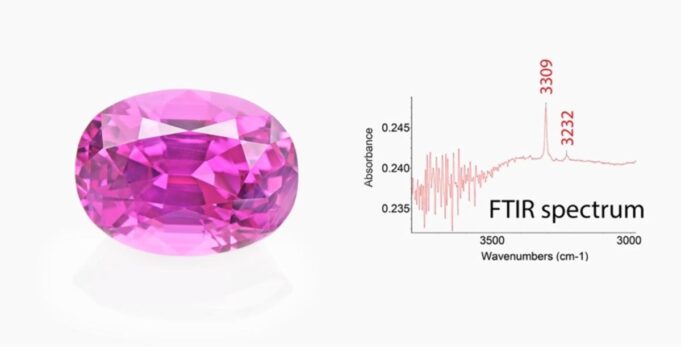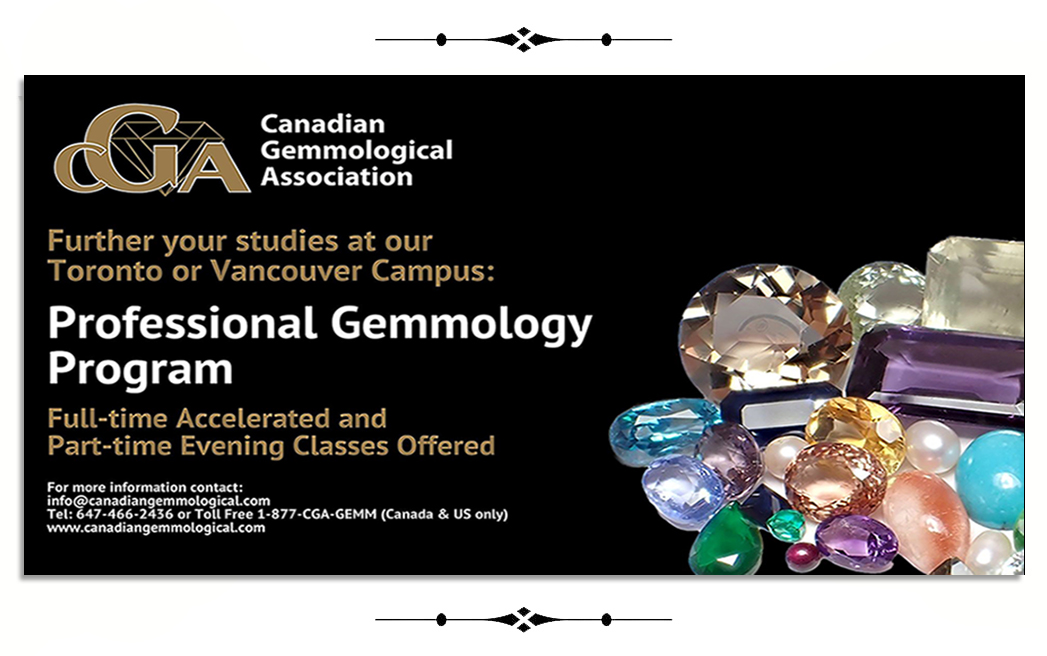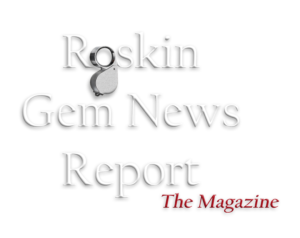LMHC Makes Progress on Corrundum Treatments
30th LMHC meeting reports progress on laboratory report harmonization,
discusses current challenges in detection of corundum treatments
BASEL: MARCH 14, 2023
Holding its 30th meeting in Basel, Switzerland, the Laboratory Manual Harmonization Committee (LMHC) has reported notable progress in the harmonization of language used in laboratory reports. The participants in the meeting also discussed and shared new research findings on the treatments of gemstones, and in particular corundum.
The LMHC meeting, which took place on December 5 and 6, 2022, was hosted by the Swiss Gemmological Institute (SSEF).
The LMHC is currently comprised of representatives from the following labs:
CGL – Central Gem Laboratory, Tokyo, Japan
CISGEM – Centro Informazione e Servizi Gemmologici, Milan, Italy
DSEF – German Gem Lab, Idar-Oberstein
GGL – Gübelin Gem Lab, Lucerne, Switzerland
GIA Gem Laboratory, Carlsbad, California, USA
GIT – Gem and Jewelry Institute of Thailand, Bangkok
SSEF – Swiss Gemmological Institute, Basel
The LMHC is not formally connected to any trade association.
Purpose

The main focus of the LMHC meeting was issues raised by treatments of corundum, including rubies and pink sapphires. These include the low-temperature heating and irradiation.
Heated pink sapphire with a characteristic FTIR spectrum. © LMHC.
In recent years, an increasing number of rubies and pink sapphires have come onto the market, after having previously undergone so-called “low-temperature heating” (below 1000 °C), meant to slightly shift their colour to a better hue.
Furthermore, as was reported in 2022, certain rubies and pink sapphires, some with a slightly purplish tint, have been treated by a limited number of individuals using radiotherapy equipment designed for cancer patients. This treatment can also induce a shift of the colour centre to a more attractive hue.
Conclusion
At the meeting in Basel, the LMHC labs decided to carry further research on these corundum treatments, in order to develop harmonized criteria for detecting their use.
“We are very pleased to see that all laboratories represented at LMHC are constructively working together for a harmonization on issues that are important towards ensuring consistency and clarity in gemmological lab reports,” said Dr Michael S. Krzemnicki, host of LMHC, summarizing the progress made during the meeting in Basel.













